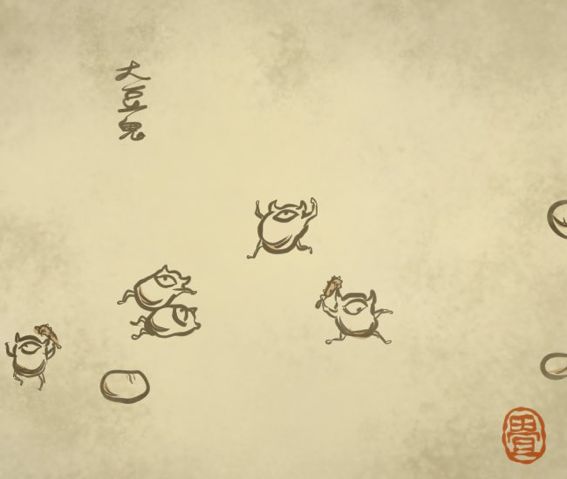Your cart is currently empty!
origin
all our Japanese teas are grown and hand-made by a small tea farmer in Onomichi, Japan
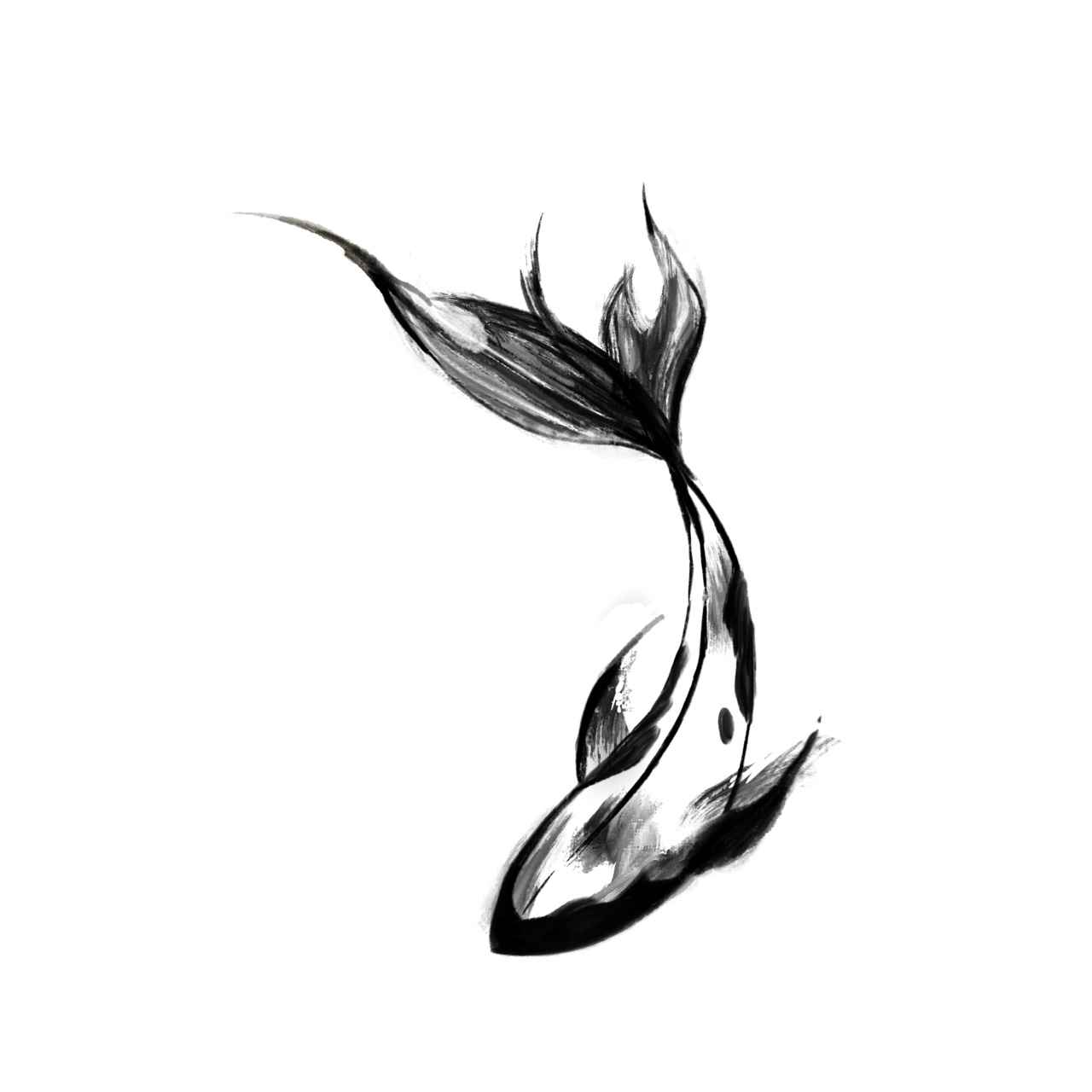
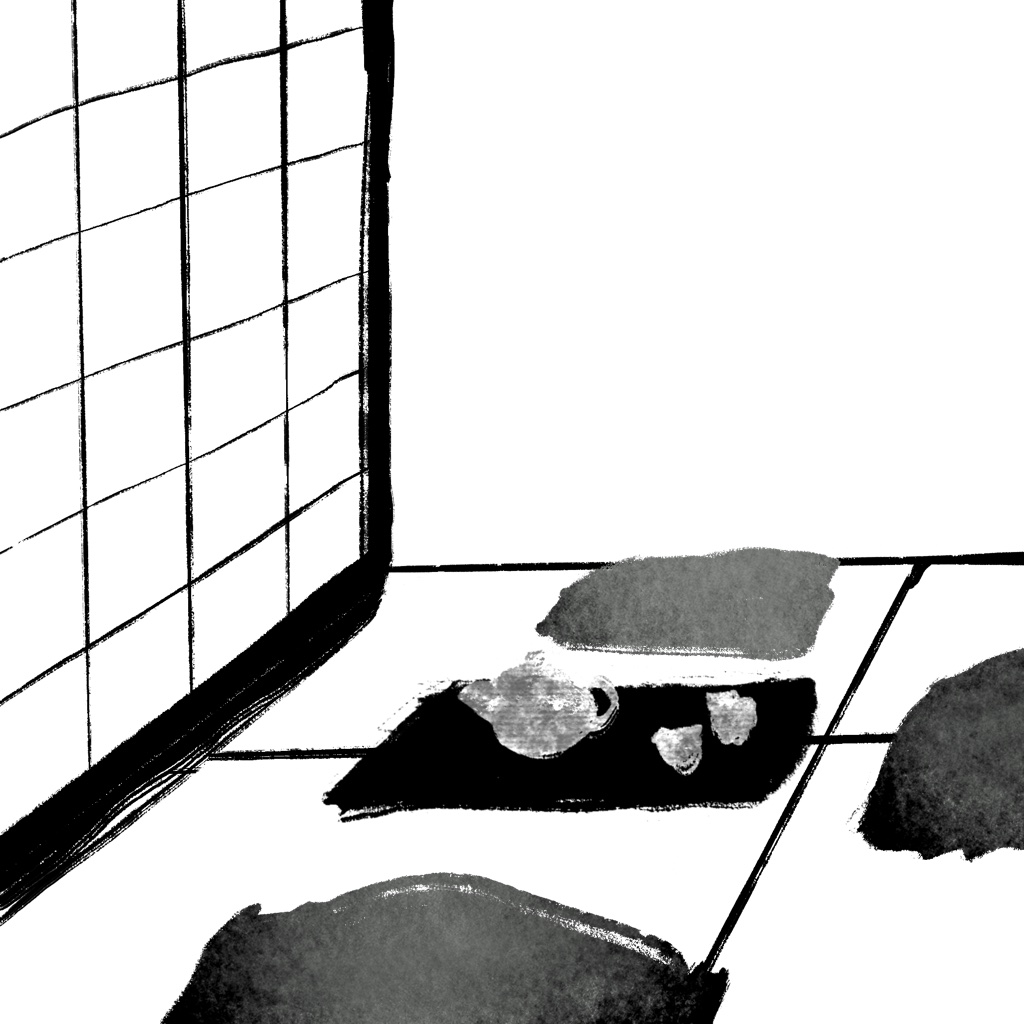
the japanese tea room ‘cha-shitsu’
Genki Takahashi
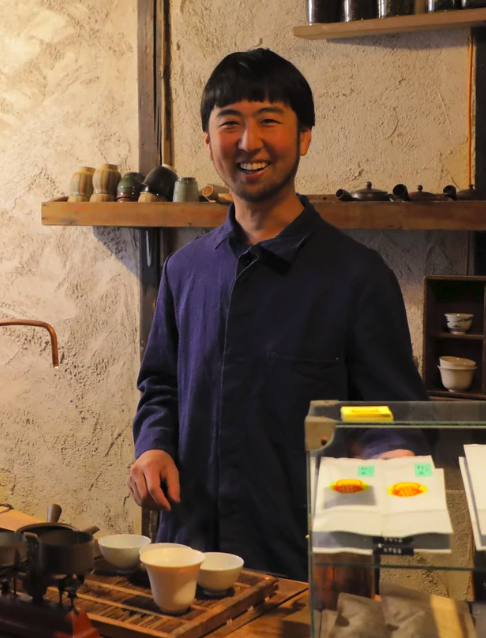
raised in Hiroshima, Genki decided to dedicate his life to tea at age 20 after returning overseas to reflect on his Japanese heritage
“the peace I felt sitting in the temple and chashitsu was different – tea for me is the Japanese soul”
inspired by its long history, Genki started working to revive traditional methods for growing, brewing, and serving tea
starting from a small farm in a countryside town, he has since opened three tea stands
rewriting matcha
matcha has spread rapidly in the last few years, straining farmers in its production. understanding this issue first requires understanding matcha’s complex history and how we unknowingly perpetrate classicism today
we would be grateful if you could take a minute to read more
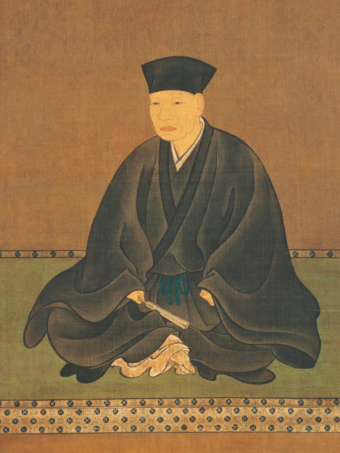
the tea ceremony
the Japanese tea ceremony, chado, started as a way to practice a path to enlightenment. the master Sen no Rikyū’s perfection of tea created the intricate ceremony that has largely stayed the same for hundreds of years.
chado slowly turned into a powerful tool, one that was offered as a gift to forge alliances among the upper classes. tea was pushed aside, and the ceremony was more about etiquette and a peace offering in a politically cutthroat environment.
because two types of matcha, ‘powdered tea’, are prepared in the ceremony, it became a drink that came to represent the elite. most Japanese people would go their whole lives without drinking matcha or experiencing any kind of tea ceremony
the modern envionment
matcha’s bright green color comes from tea leaves, called tencha, being grown in the shade for a few weeks. but the tea plant requires partial sun to grow well, making it difficult to consistently keep the plants alive
to make matcha on the scale it is demanded at today, addition of fertilizer and pesticides became necessary.
this also meant that small farmers could not outcompete large companies, despite how high quality and organically produced their tea was. many large companies today have provided subsidies for farmers to stop growing it and bought up land and production facilities
matcha’s popularity today has only furthered its perpetration of social inequality.
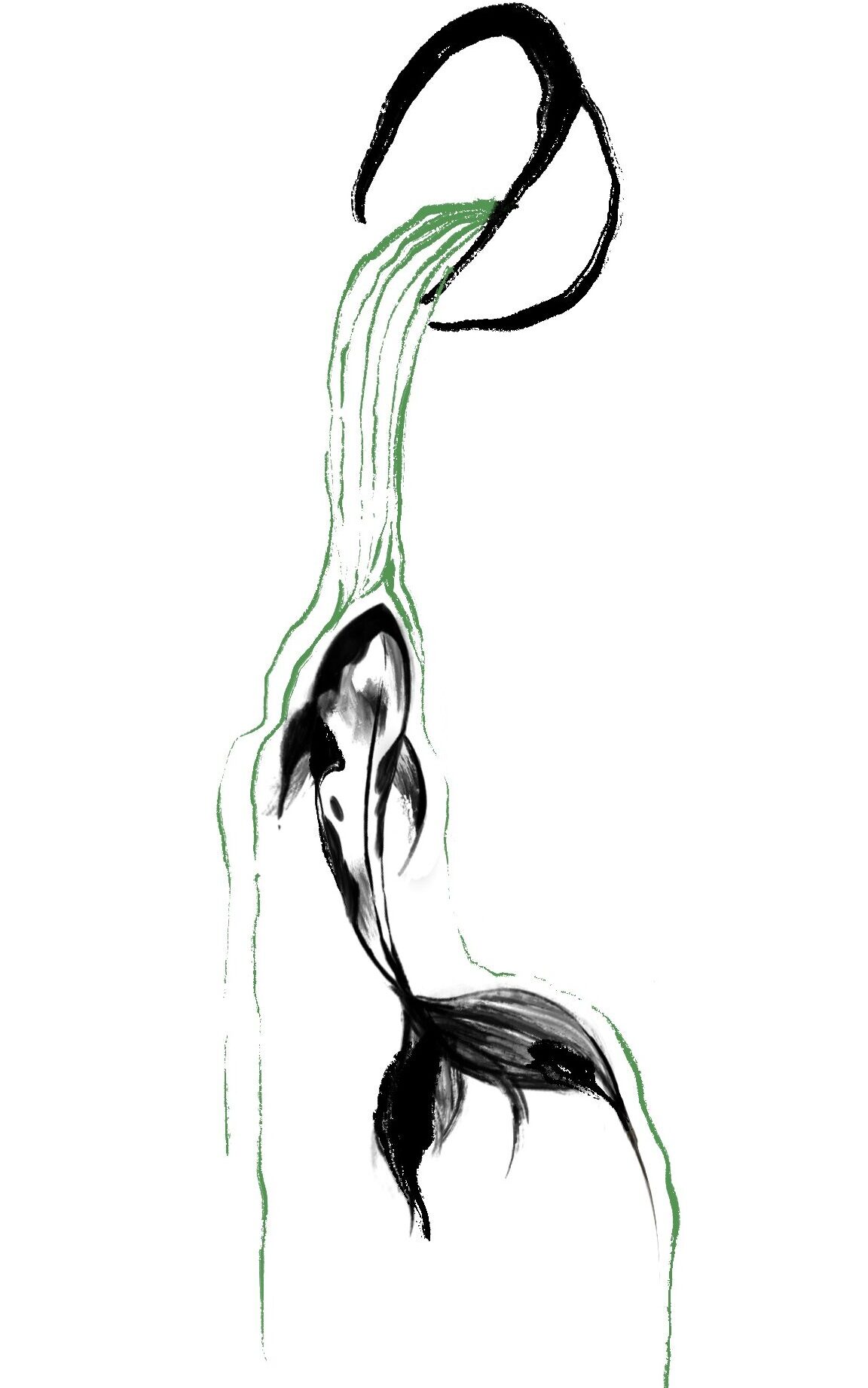
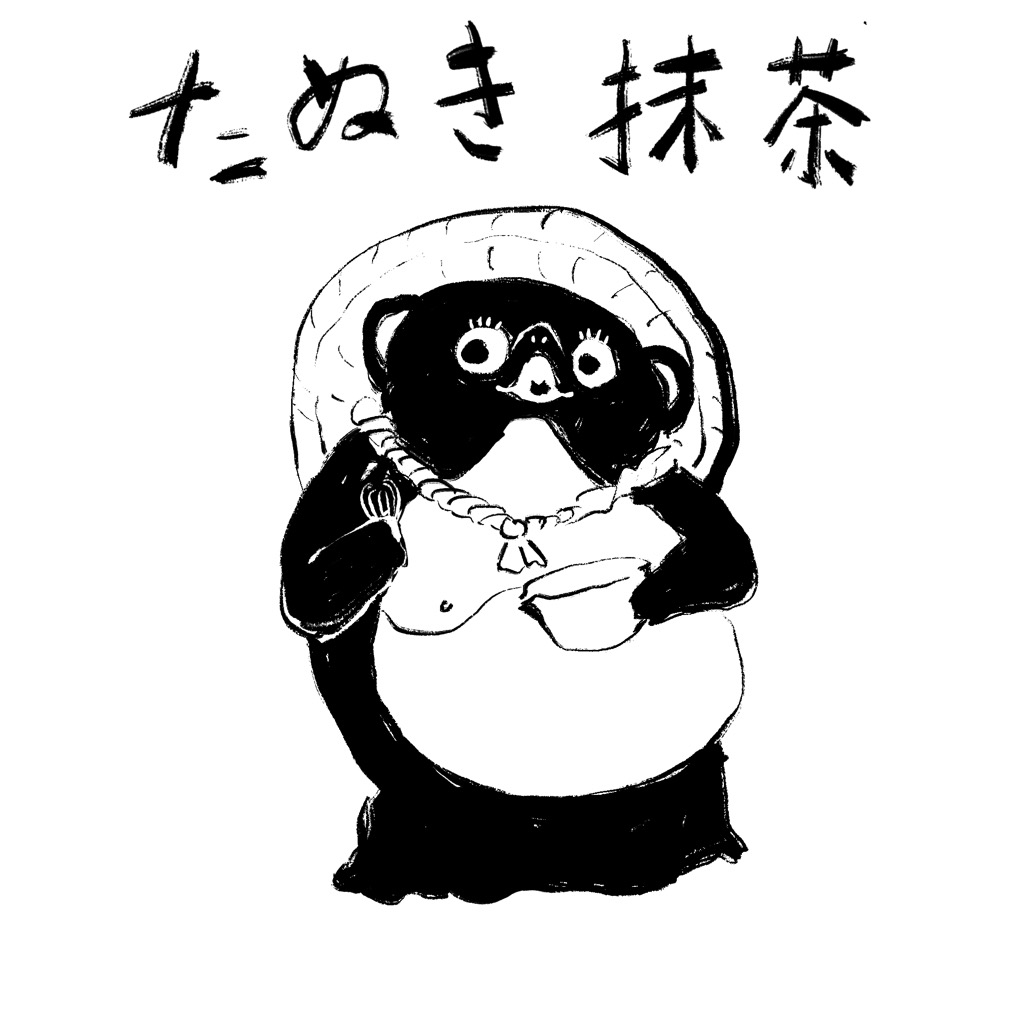
teas of the people
genmaicha
roasted rice with green tea leaves
the most common japanese tea is not matcha, hojicha, or even sencha. around Kyoto in the 20th century, merchants began to add roasted rice to tea leaves in response to economic hardship. tea leaves used to be very expensive for the working class so as a way of stretching supply, genmaicha ‘brown rice tea’ was created. it was affordable to almost everyone, with street vendors selling by the cup.
the practice of using leftover rice reflects an older concept of mottainai, the practice of avoiding wastefulness. evolving from japanese buddhism, all things are interconnected and to waste something is to diminish its value.
adding brown rice helps to complement the strong effects of caffeine in green tea and increase your absorption of beneficial compounds like antioxidants and starches. genmaicha was eventually adopted into the upper class tea ceremonies, considered a more rustic tea that would ground the drinker in humility.
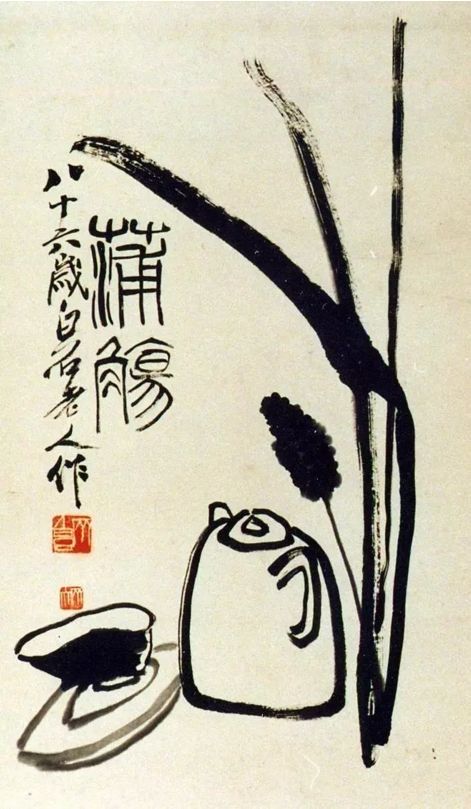
sencha
brewed tea | every day tea
bancha
loose leaf teas
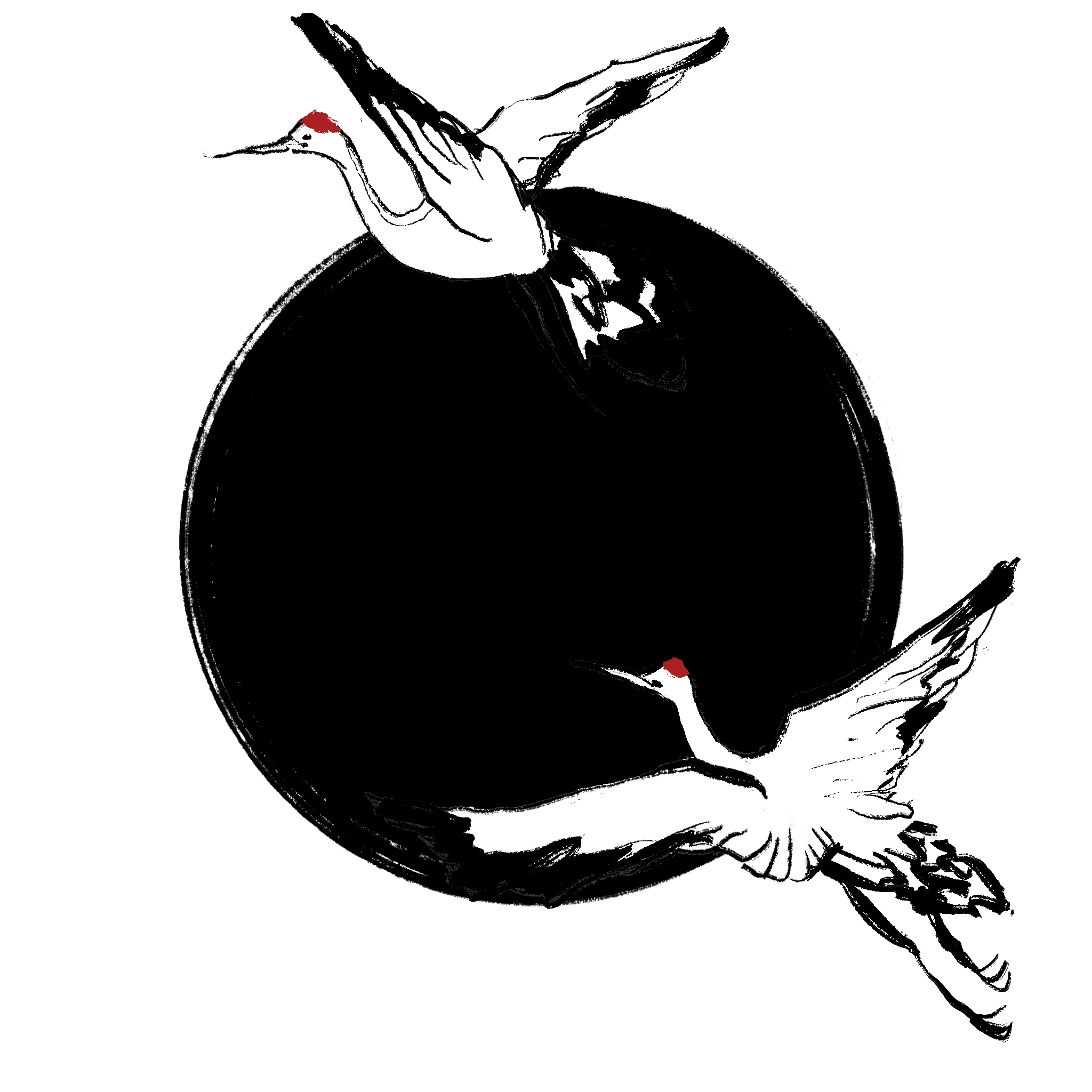
‘barley’
$15
20g
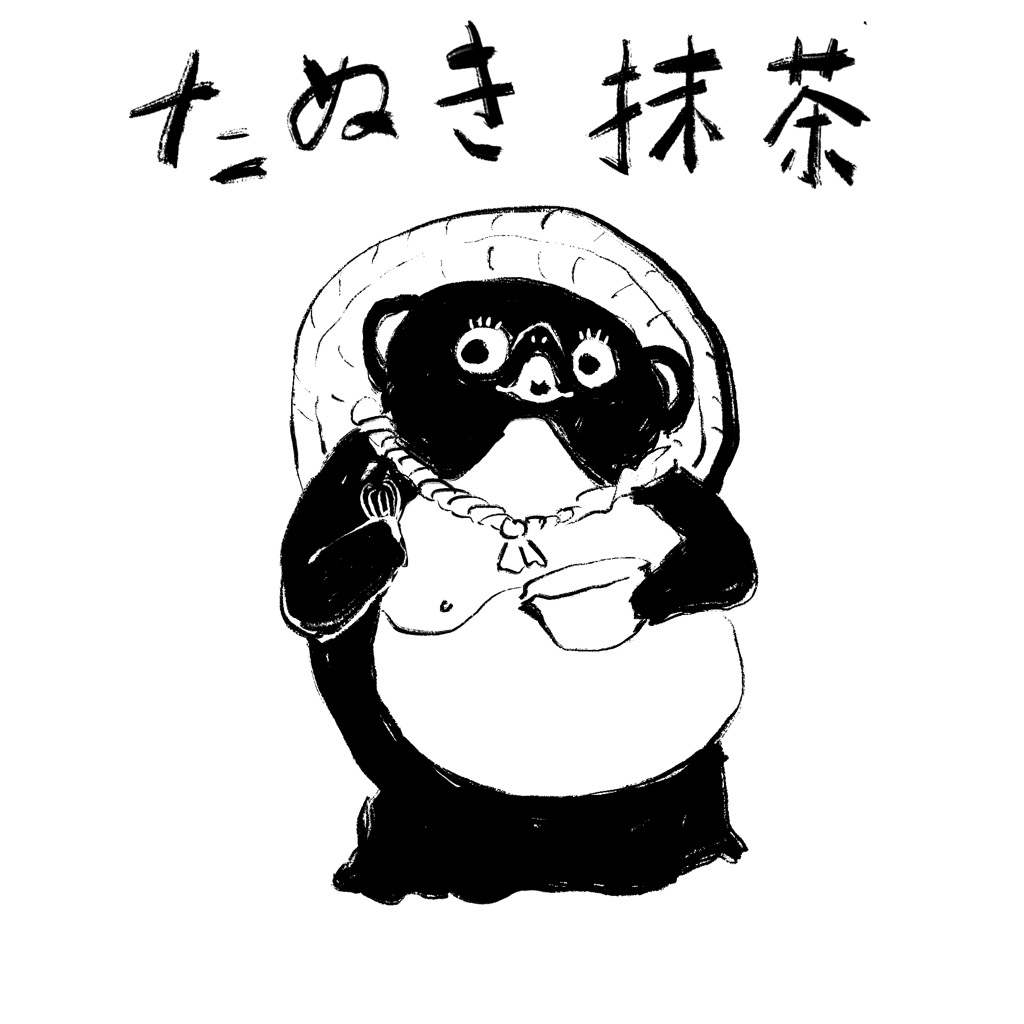
‘powdered’
$35
25g
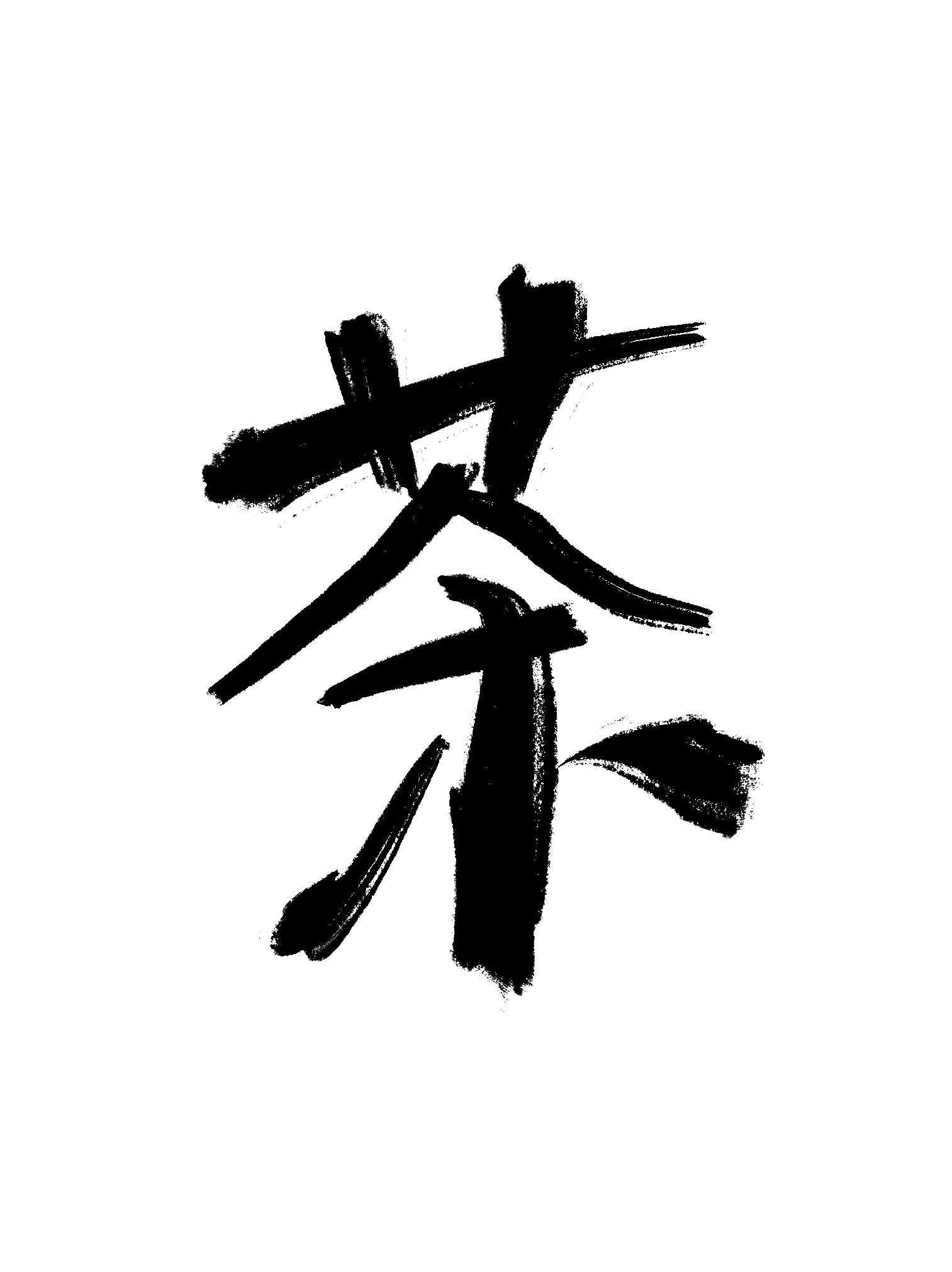
‘everyday’
$15
20g
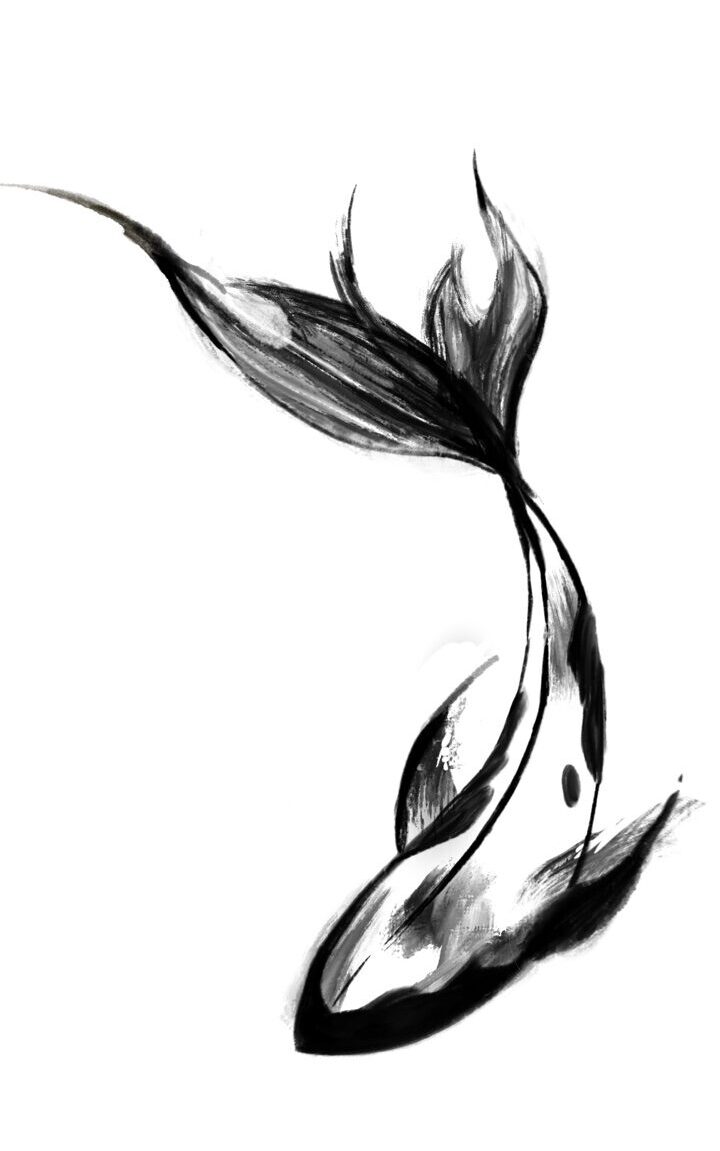
‘roasted rice’
$25
25g
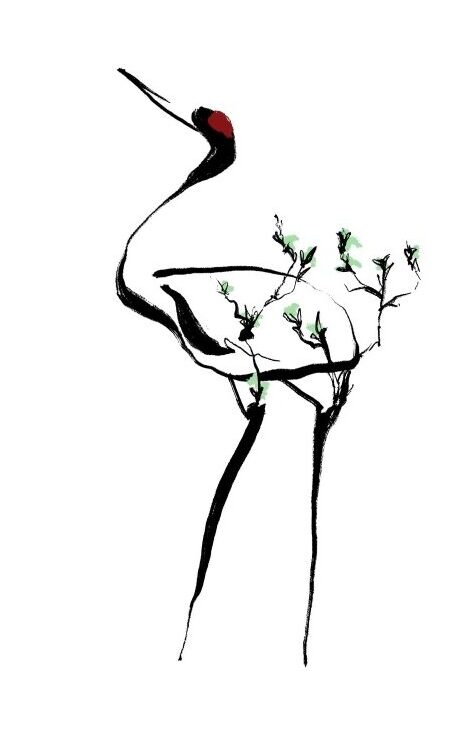
(original)
$25
20g
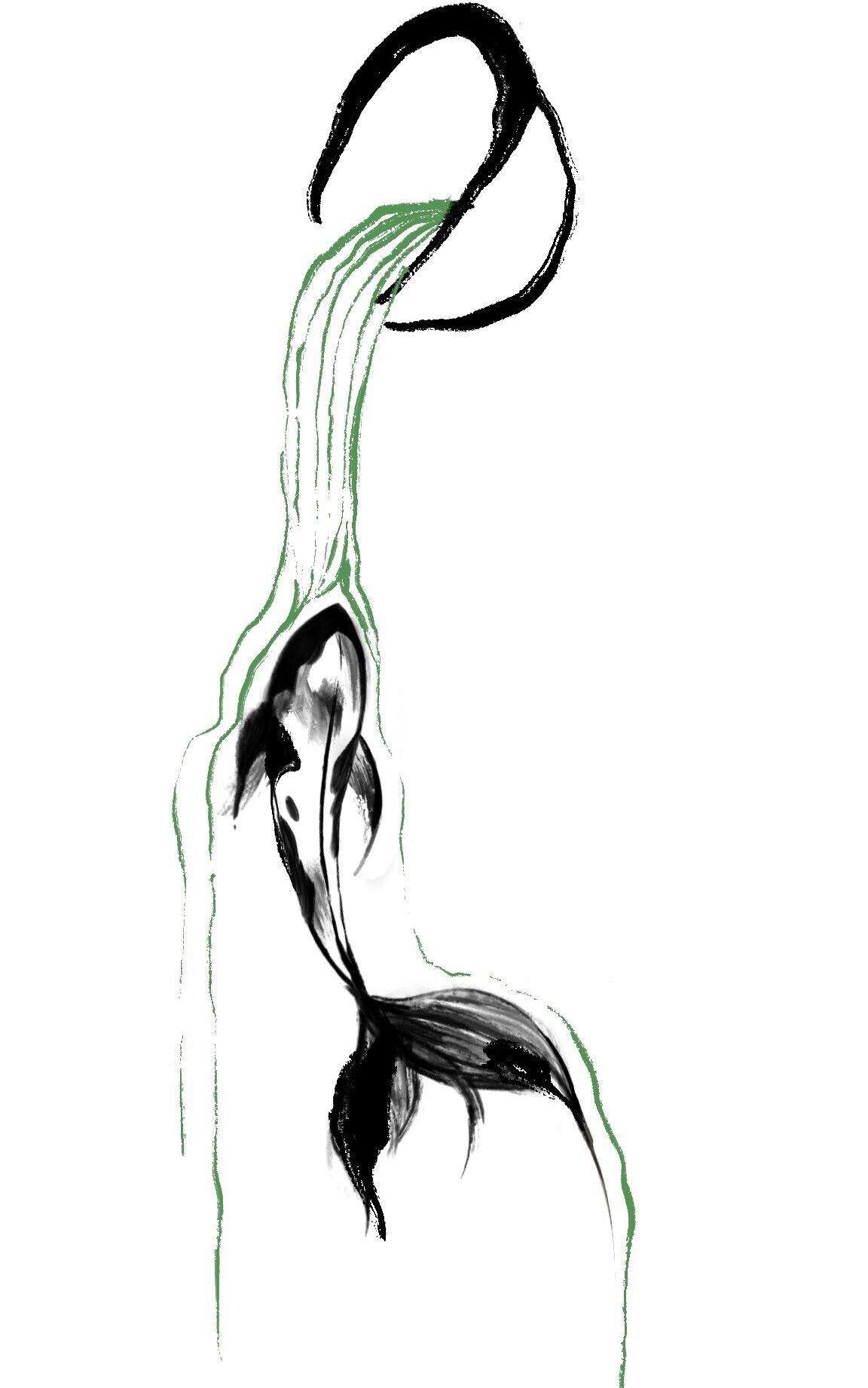
‘japanese black’
$30
20g
seicha
sencha reinvented, the people’s way
when Japanese tea is mentioned, usually the first thing that comes to mind is the bright green tea served in sushi restaurants. this sencha, meaning ‘infused tea’, is the most popular type of green tea in japan, made with the same method for hundreds of years
hamacha
hamacha, or ‘sea tea’, was invented by my tea teacher named Genki Takahashi. starting in a small rice town called Sera, Genki started growing his own tea in the countryside and sharing it with people in Onomichi at his Tea Stand Gen
hamacha’s genesis
Onomichi is a seaside town brimming with artisians, tradition, and cats alike. famous for its seafood, the local fishermen have perfected their craft over generations.
one day, Genki observed the locals hanging freshly caught fish out to dry before cooking. upon asking, the fisherman responded that drying them in the sea breeze for five days concentrates the sweetness and flavor of the fish best.
the idea for hamacha was born, and Genki spent three years of harvests experimenting with how to dry freshly plucked zairai tea leaves by the seaside
honestly my first time drinking this tea, I didn’t think it was made from the tea plant. the flavor was indescribable




tea sweets
sen no rikyu
Sen no Rikyu grew up the son of a wealthy fisherman in Sakai, a port city where the merchants were rich enough to have great social standing and influence. He began to study tea under Takeno Joo at a time when the tea ceremony was entrenched in politics and diplomacy, being lavish and very high class. The current daimyo of the time even prohibited the ceremony’s use for anyone other than his closest allies.
Sen no Rikyu did not agree with the lavish ceremony and its political motives. He eventually entered service to a new daimyo, Hideyoshi, and constructed a simple wabi hut for serving tea. Rikyu would go on to establish the utensils, procedure, and etiquette of the modern Japanese tea ceremony. He preferred pottery made from ethnic Korean potter Raku, who created uneven rice bowls that Rikyu adopted as the first pieces for the tea ceremony.
Although Rikyū had been one of Hideyoshi’s closest confidants, because of crucial differences of opinion and because he was too independent, Hideyoshi ordered him to commit ritual suicide called seppuku. his last act was to hold a tea ceremony
Rikyu’s great grandson had three children that each established the three modern schools of the ceremony called Omotesenke, Urasenke, and Mushakōjisenke.
wabi-sabi poems
Casting wide my gaze,
Neither flowers
Nor scarlet leaves:
A bayside hovel of reeds
In the autumn dusk
Show them who wait
Only for flowers
There in the mountain villages:
Grass peeks through the snow,
And with it, spring.
japanese pottery
tokonomeyaki
bizenyaki
kōbō daishi
yōkai
